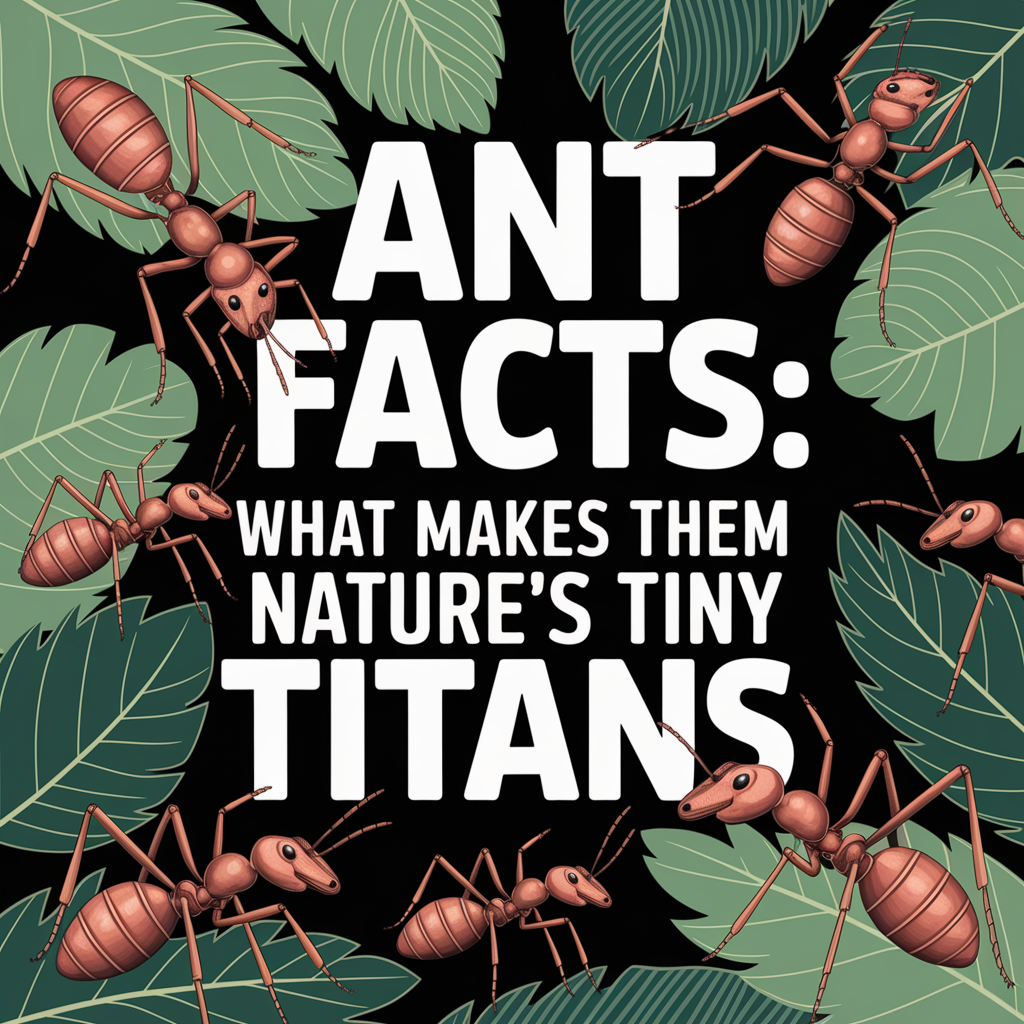
Asia’s Wildlife Is Bursting with Life (Literally)
There’s something about Asia that makes the animal world go wild. From towering Himalayan cliffs to lush tropical forests and deep jungle rivers, the diversity of creatures here is nothing short of jaw-dropping. Asia is the largest and most populated continent, which means more people—but also more critters.
In this journey through the critters of Asia, we’re exploring everything from gentle giants like elephants to misunderstood creatures like king cobras. Some of these animals you’ve probably heard of, while others might be brand-new to you. Either way, they’re fascinating, they’re important, and they deserve the spotlight.
Ready to meet the critters that call Asia home?
From Mountains to Mangroves: Where Asian Critters Thrive
Asia’s wildlife is shaped by its terrain—plain and simple. The critters found in frozen Siberia are wildly different from those in steamy jungles of Borneo or the mangroves of Bangladesh. The range of habitats is what makes Asian wildlife so endlessly interesting.
The Himalayas are home to snow leopards and yaks. Southeast Asia’s rainforests host orangutans, bats, and pangolins. Island chains like Indonesia and the Philippines are crawling with rare reptiles, colorful birds, and aquatic wonders. And let’s not forget the freshwater marshes and rice paddies where frogs, insects and invertebrates thrive.
Explore similar environments with critters from other continents like the critters of Africa to see how habitats shape survival.
Orangutan: Asia’s Thoughtful Tree-Dweller
Let’s kick things off with one of the most beloved creatures on the planet—the orangutan. Found mainly in the rainforests of Borneo and Sumatra, these red-haired apes are incredibly intelligent and emotional. They use tools, build nests high in the trees, and even recognize themselves in mirrors.
Sadly, they’re critically endangered due to habitat destruction from palm oil plantations. These gentle giants are proof of how delicate and special Asia’s ecosystems really are.
Orangutans are mammals, of course, so if you love fuzzy land-dwellers, check out our full mammals section for more warm-blooded wonders.
King Cobra: Royal, Venomous, and Surprisingly Shy
Nothing screams “Asia” like the king cobra—the world’s longest venomous snake. Found in India, Thailand, and parts of China, this reptile can reach up to 18 feet long. But here’s the kicker: it’s not as aggressive as people think.
King cobras avoid humans and mostly prey on other snakes. But their hooded stance and hiss have earned them a legendary reputation in stories and temples across Asia.
If snakes give you the chills or make you curious, slither over to our snake category for more fascinating facts.
Pangolin: The Scaled Ghost of the Night
Imagine a pinecone that walks. That’s the pangolin—Asia’s only scaly mammal. These critters are nocturnal and roll into a tight armored ball when threatened. Found in forests across South and Southeast Asia, they’re sadly one of the most trafficked animals in the world.
Pangolins eat ants and termites, which means they’d be right at home next to our ant and insects and invertebratescrew.
Despite their low profile, pangolins are vital for balancing bug populations and keeping ecosystems in check.
Komodo Dragon: Island Royalty with a Venomous Bite
This is one reptile you don’t want to underestimate. Native only to a few Indonesian islands, the Komodo dragon is the world’s largest lizard—and it packs a toxic bite.
Despite looking like a living dinosaur, they’re very much a modern marvel. Komodo dragons can run fast in short bursts, swim between islands, and take down prey much larger than themselves.
These fearsome reptiles are part of our growing lizard collection, which includes critters from deserts to rainforests.
Red-Crowned Crane: A Symbol of Luck and Long Life
Graceful and elegant, the red-crowned crane is more than just a pretty face. These birds are considered a symbol of luck, peace, and longevity in China, Japan, and Korea. Their courtship dances are beautiful and synchronized—almost like a ballet in the marshes.
They’re also threatened by wetland destruction. Want to meet more of their feathered cousins? Head over to our birdssection and don’t miss the striking cardinal, a North American favorite with a similar bold vibe.
Flying Fox: The Gentle Sky Puppy
With a wingspan that can reach up to 5 feet, the flying fox is a giant fruit bat that roosts across Southeast Asia’s islands. Despite their size, they’re harmless and absolutely essential—pollinating fruit trees and spreading seeds wherever they go.
They look like little foxes with wings (hence the name) and hang out in trees in massive colonies. These flying mammals are nocturnal and have surprisingly good eyesight.
Want more nighttime flyers? Explore the mystery and wonder inside our bats category.
Proboscis Monkey: The Comedian of the Canopy
If you’ve never seen a proboscis monkey, you’re missing out. With their giant, floppy noses and potbellies, these monkeys are the comedians of the rainforest. Found only on the island of Borneo, they live in mangrove forests and are excellent swimmers.
Their unique look actually helps amplify vocal calls to attract mates or warn the troop. You could say these guys put the “fun” in “funky.”
Proboscis monkeys fall right into the broader mammals category, and their goofy charm makes them unforgettable.
Asian Elephant: The Quiet, Emotional Giant
Found in India, Sri Lanka, and across Southeast Asia, the Asian elephant is slightly smaller than its African cousin, but just as incredible. These elephants are known for their intelligence, memory, and deeply emotional behavior.
They form lifelong family bonds and mourn their dead—traits that show just how advanced animal emotions can be.
These gentle giants are under threat due to shrinking habitats and human conflict, but conservation efforts are fighting to protect them.
For more land-loving critters with heart, take a look at our deer and mammals pages.
Snow Leopard: The Ghost of the Mountains
If there’s one critter that truly earns its nickname, it’s the snow leopard. These elusive big cats roam the Himalayas and other high-altitude ranges of Central and South Asia. They’re rarely seen in the wild, earning them the nickname “ghost of the mountains.”
Snow leopards have thick fur, long tails for balance, and giant paws that work like snowshoes. Their camouflage is so good, you could be looking right at one and never know it.
Love big cats or predators in general? You’ll find more to explore in our mammals category, including other stealthy hunters and agile climbers.
Sun Bear: The Little Bear with a Big Personality
The sun bear might be the smallest bear species in the world, but don’t let its size fool you. Native to Southeast Asia’s dense forests, this bear is known for its short fur, long tongue, and a golden crescent shape on its chest.
It spends most of its life in trees and uses its strong claws to tear open tree bark and beehives. These bears are playful, solitary, and full of character—but they’re also threatened by habitat loss and illegal wildlife trade.
Sun bears don’t have their own page yet, but you can bet they’ll make a sweet addition to our mammals section soon.
Indian Star Tortoise: Beauty in a Shell
One of the most stunning reptiles in Asia is the Indian star tortoise. Its shell is covered in beautiful, radiating yellow patterns that help it blend into dry grasslands and scrub forests across India and Sri Lanka.
These tortoises are herbivores and surprisingly shy. Sadly, they’re also heavily trafficked due to their eye-catching appearance.
If you’re fascinated by armored reptiles, be sure to check out our turtle section for more slow-moving wonders.
Gharial: The Fish-Snatching River Guardian
With its super skinny snout and more than 100 sharp teeth, the gharial is one of the most unique crocodilian species on Earth. Native to the river systems of India and Nepal, it feeds almost entirely on fish and has a face built for speed and precision underwater.
Unlike alligators and crocodiles, gharials are pretty harmless to humans. But they’ve become one of the rarest reptiles in the world.
If you want to dive deeper into scaly swimmers, head over to our reptiles and amphibians or alligator sections.
Slow Loris: Cute But Caution—It’s Venomous
With big, soulful eyes and slow, deliberate movements, the slow loris looks like a living plush toy. But don’t be fooled—this little primate, found in Southeast Asia, is actually venomous. It secretes toxins from glands on its elbows and mixes it with its saliva for defense.
Despite its cuteness, the slow loris is under threat from the exotic pet trade and forest loss.
It’s another critter that fits perfectly into our growing mammals category. If it had a theme song, it’d probably be “Can’t Touch This.”
Asian Giant Hornet: Nature’s Winged Warrior
Known dramatically as the “murder hornet,” the Asian giant hornet is native to forests in Japan, China, and Korea. It’s the largest hornet in the world and packs a sting that’s as powerful as its reputation suggests.
These hornets are fierce predators of honeybees and are part of a highly organized caste system. They’re amazing engineers, if slightly terrifying ones.
They belong front and center in our insects and invertebrates collection—where you’ll find tiny creatures with big impacts.
Malayan Tapir: The Panda of the Jungle
The Malayan tapir looks like a panda met a pig and decided to roam the rainforest. With its distinct black-and-white coloring and adorable prehensile snout, it’s one of the most unusual mammals in Southeast Asia.
These shy critters love dense jungles and feed mostly on fruit, leaves, and aquatic plants. They’re rarely seen in the wild and are under pressure from shrinking habitats.
You’ll find more quirky creatures like the tapir tucked into our mammals and critters of Asia categories.
Irrawaddy Dolphin: The River’s Playful Guardian
Forget the ocean—Irrawaddy dolphins prefer rivers, lakes, and estuaries. These round-headed dolphins live in rivers across India, Myanmar, Cambodia, and Indonesia, and they’ve even been known to “fish” alongside local communities.
With their expressive faces and unique hunting methods, they’re some of the most intelligent aquatic animals in Asia.
If you’re into sea creatures, float on over to our fish and sea life or freshwater fish pages.
Indian Cobra: The Hooded Showstopper
The Indian cobra is one of the most recognizable snakes on Earth, known for its dramatic hood and connection to mythology and snake charmers. But behind the legend is a reptile that’s actually pretty shy and won’t attack unless threatened.
It plays a major role in local ecosystems by keeping rodent populations in check.
If this slithery star sparks your curiosity, explore more cold-blooded wonders on our snake page—where fact is stranger (and cooler) than fiction.
Tokay Gecko: Loud, Bright, and Full of Attitude
Last but not least, let’s talk about the Tokay gecko. Found all over Southeast Asia, this bold-colored gecko is famous for its loud, echoing call that sounds like it’s shouting “To-kay! To-kay!”
It has strong jaws, sticky feet, and a bit of a temper, making it both admired and feared. Despite its tough look, it plays an important role in controlling insect populations.
You can find more fascinating reptiles like this over in our lizard category—where scales meet sass.



